RUSSIA is still the EUROPEAN UNION’S top natural gas supplier, delivering €701.5 million in gas
Russia Remains the European Union’s Top Natural Gas Supplier, Delivering €701.5 Million in Gas
Despite ongoing tensions between Russia and the European Union (EU), Russia continues to maintain its position as the EU’s primary supplier of natural gas. According to recent reports, Russia delivered €701.5 million worth of natural gas to European countries, underscoring the EU’s continued reliance on Russian energy supplies. This persistent dependency highlights the complex and often contradictory relationship between the EU and Russia, as well as the challenges faced by Europe in securing a stable and diversified energy supply.
Russia’s Dominance in the European Natural Gas Market
Historically, Russia has been one of the largest exporters of natural gas to Europe, with countries such as Germany, Italy, and France among its key customers. The scale of Russia’s gas exports to the EU is vast, and it has long been a central feature of Europe’s energy infrastructure. The €701.5 million in gas deliveries, which is just one recent example of Russia’s dominance in the European market, reflects how much the EU still depends on Russian energy despite political and economic pressures.
Russia’s natural gas is delivered to Europe primarily through two major pipelines: Nord Stream, which runs under the Baltic Sea directly to Germany, and Yamal-Europe, which transits Belarus and Poland. Russia also uses other routes, including the Southern Gas Corridor and pipelines that cross Ukraine. These pipelines have been the backbone of Russia’s energy export strategy to Europe, and they provide a relatively affordable and reliable source of natural gas.
For the EU, Russian gas has been a cornerstone of energy security for decades. Natural gas is a key fuel for electricity generation, heating, and industrial processes across the continent. Russia’s vast reserves and established pipeline network have allowed it to become a supplier of choice for many European countries, particularly in times of high demand during cold winters.
EU’s Energy Dilemma: Balancing Dependence and Geopolitical Tensions
The situation, however, is complicated by the ongoing geopolitical tensions between Russia and the EU. The annexation of Crimea in 2014, Russia’s involvement in the conflict in eastern Ukraine, and its actions in Syria have led to a deterioration in relations. In response, the EU has imposed a series of economic sanctions on Russia, aiming to curb its political and military actions in the region. These sanctions have not only affected trade but have also put pressure on European countries to diversify their energy sources to reduce their dependence on Russian gas.
The 2022 invasion of Ukraine by Russia significantly escalated tensions and further pushed the EU to rethink its energy strategies. Following the invasion, many European nations began to look for alternative suppliers and have committed to reducing their reliance on Russian energy. Efforts have been made to increase imports of liquefied natural gas (LNG) from countries such as the United States, Qatar, and Algeria. The EU has also worked on enhancing renewable energy sources and increasing energy efficiency within its member states.
However, despite these efforts, the shift away from Russian natural gas has been slow, and the EU’s energy transition is still ongoing. The European Commission has set ambitious goals for renewable energy growth, but in the short to medium term, natural gas remains a crucial part of the EU’s energy mix. The €701.5 million in gas imports from Russia demonstrates that, even amidst rising tensions, it is difficult for Europe to completely sever ties with its primary energy supplier.
The Economics of Russian Gas Deliveries to Europe
Russia’s €701.5 million worth of natural gas deliveries to the EU underscores the continued economic importance of energy trade between the two parties. For Russia, natural gas exports are a significant source of revenue, and the EU remains a key market for Russian energy companies like Gazprom. Natural gas is Russia’s second-largest export after oil, and Europe has long been one of its biggest customers. The continued flow of gas to the EU helps Russia maintain its economic stability, even in the face of international sanctions.
For European countries, Russian gas has historically been affordable compared to other sources. Russia’s ability to supply gas at competitive prices has made it an attractive option for many European consumers, including industries that rely on cheap energy to maintain their operations. As the EU looks to reduce its dependence on Russian gas, it faces the challenge of finding alternative suppliers that can match the price and reliability of Russian deliveries. The shift toward LNG, for example, can be more expensive and logistically complicated due to the need for specialized terminals and long transportation routes.
In the meantime, Russia has continued to maintain its position as a supplier of natural gas to Europe, even as political tensions persist. Although the EU has taken steps to diversify its energy sources and reduce its reliance on Russian fossil fuels, the scale and infrastructure of Russia’s energy exports to Europe cannot be easily replaced in the short term.
Europe’s Energy Transition and the Future of Russian Gas
As the EU works toward its goal of becoming a net-zero emissions economy by 2050, the future of Russian natural gas in Europe’s energy mix remains uncertain. The European Green Deal, which aims to drastically reduce carbon emissions, is pushing for a shift away from fossil fuels, including natural gas. Renewable energy sources such as wind, solar, and hydropower are expected to play a central role in Europe’s energy future. However, these technologies are still being developed and rolled out, and their current capacity is insufficient to fully replace natural gas in the short term.
The EU is also increasing its investments in nuclear energy and hydrogen as part of its broader strategy to diversify energy sources. In the meantime, the EU has focused on reducing its immediate dependence on Russian natural gas by seeking alternative suppliers, such as increasing LNG imports from the United States and Qatar. These efforts have been accelerated in the wake of Russia’s invasion of Ukraine, which has exposed the vulnerabilities of relying on a single supplier for energy needs.
Despite these diversification efforts, Russia’s continued dominance as a supplier of natural gas to Europe is difficult to ignore. For many European countries, especially those in Central and Eastern Europe, Russian gas remains the most affordable and accessible option. Moreover, the complex geopolitical situation, including the conflict in Ukraine, adds another layer of complexity to the EU’s efforts to completely sever ties with Russian energy exports.
Conclusion: The Complex Interplay of Politics and Energy
The fact that Russia continues to be the EU’s top natural gas supplier, delivering €701.5 million in gas, is a testament to the deep interconnections between energy and geopolitics. While the EU has made significant strides in diversifying its energy sources and reducing its dependence on Russian fossil fuels, the scale of Russia’s presence in the European energy market cannot be underestimated.
The energy relationship between Russia and the European Union will remain a delicate balancing act. On one hand, the EU is committed to reducing its reliance on Russian gas as part of its broader geopolitical and environmental goals. On the other hand, Russian gas remains an essential part of Europe’s energy mix, especially in light of the current energy crisis exacerbated by the war in Ukraine.
As the EU moves forward with its energy transition, it will continue to face the challenge of finding alternative energy sources that can match the reliability, price, and scale of Russian gas. The coming years will be crucial in determining the future of Europe’s energy landscape, and Russia’s role in that future remains a complex and evolving issue.
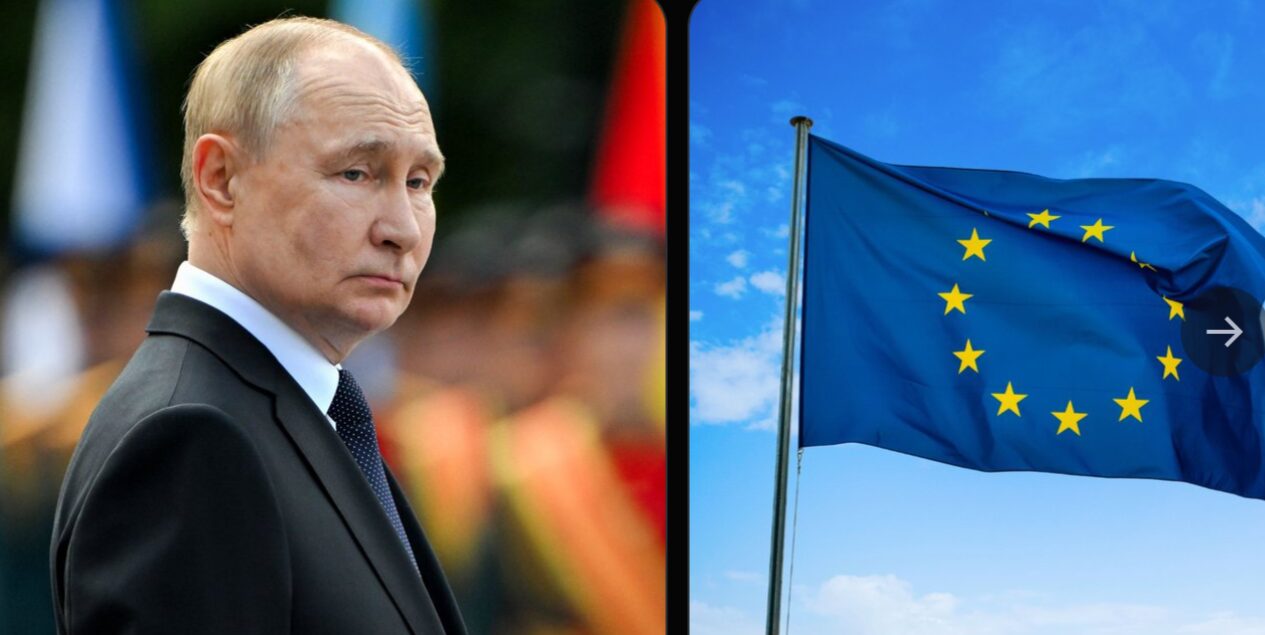

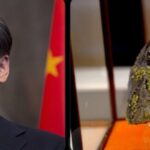
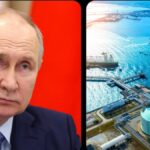
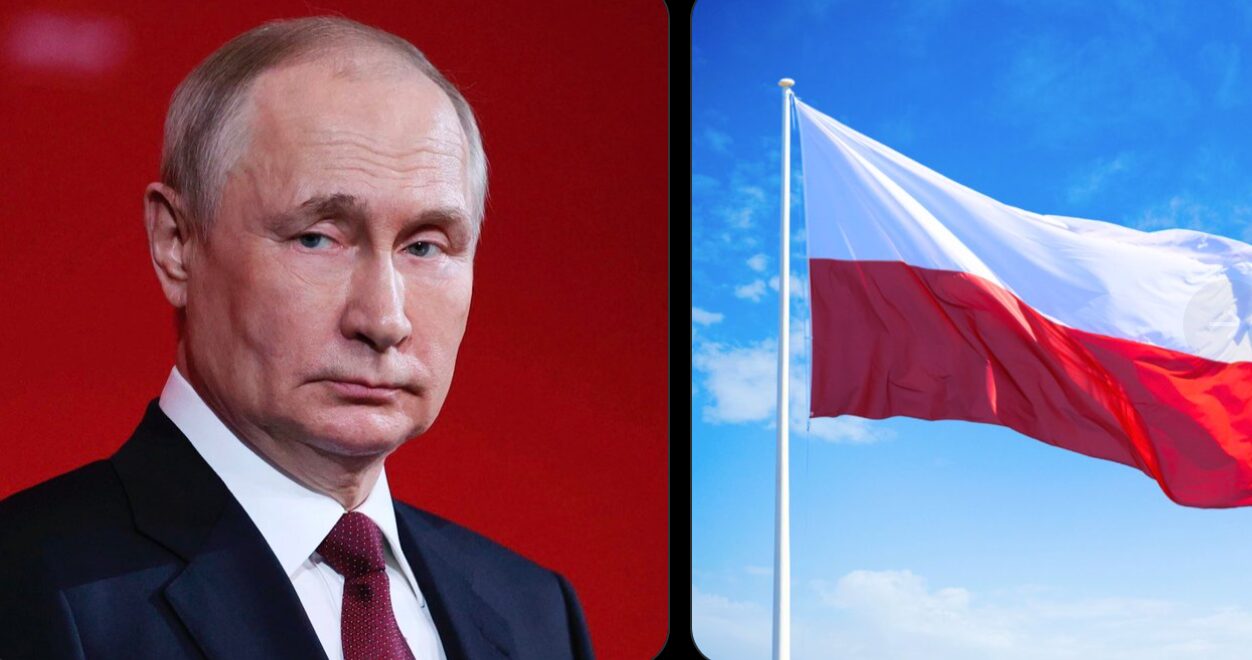
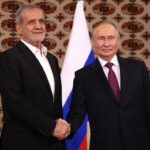


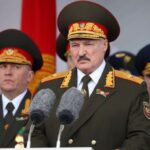

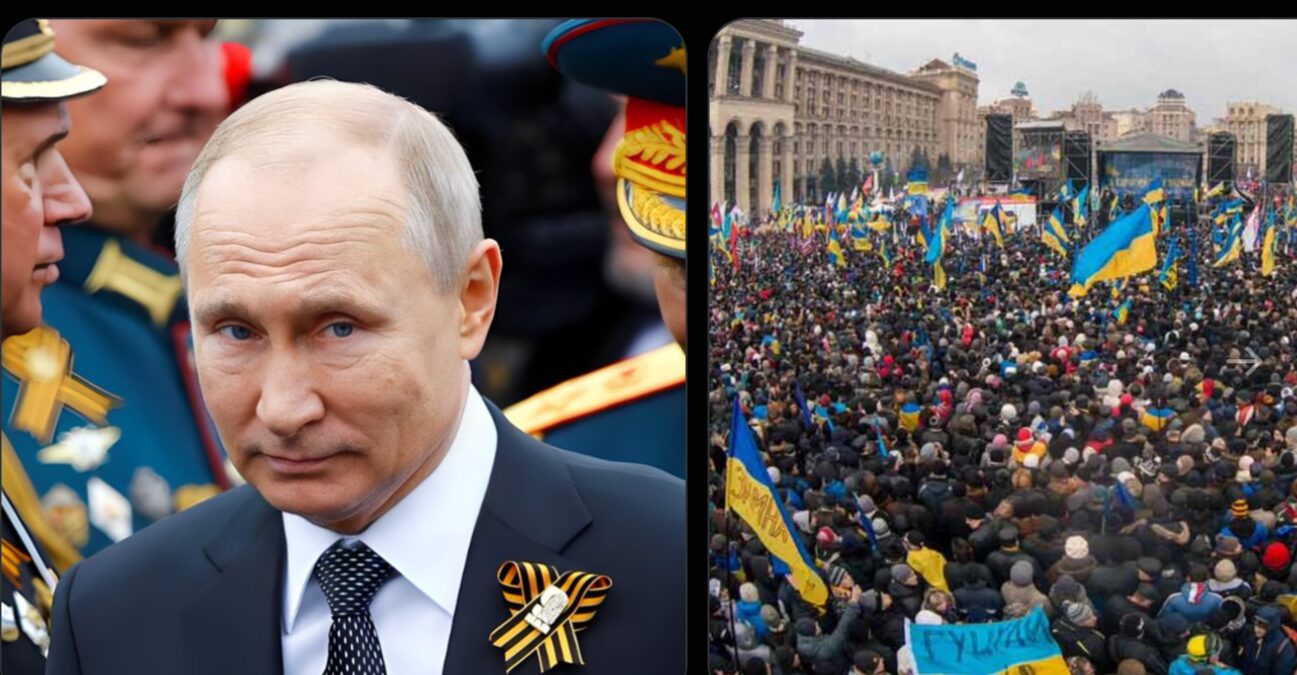
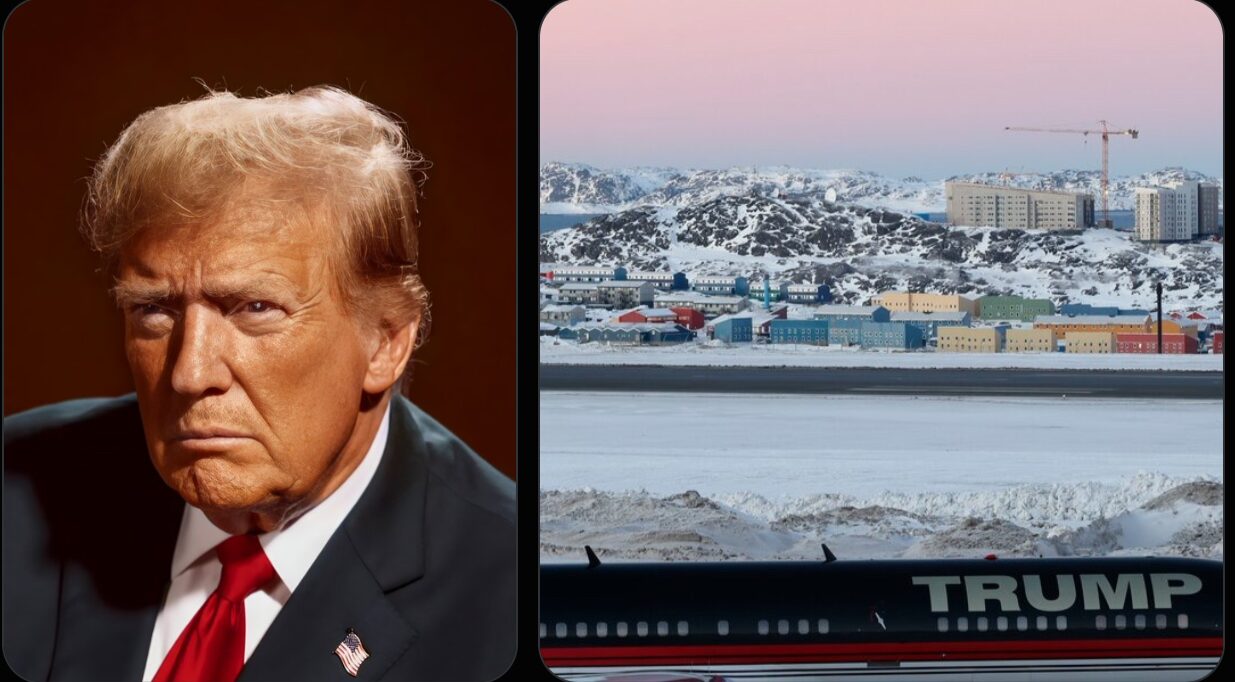
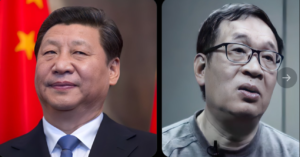
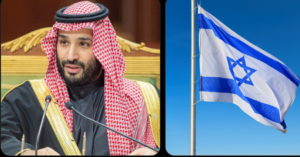
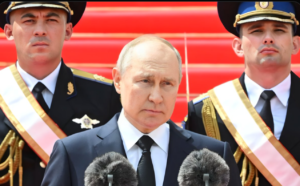

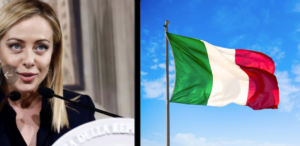
Post Comment